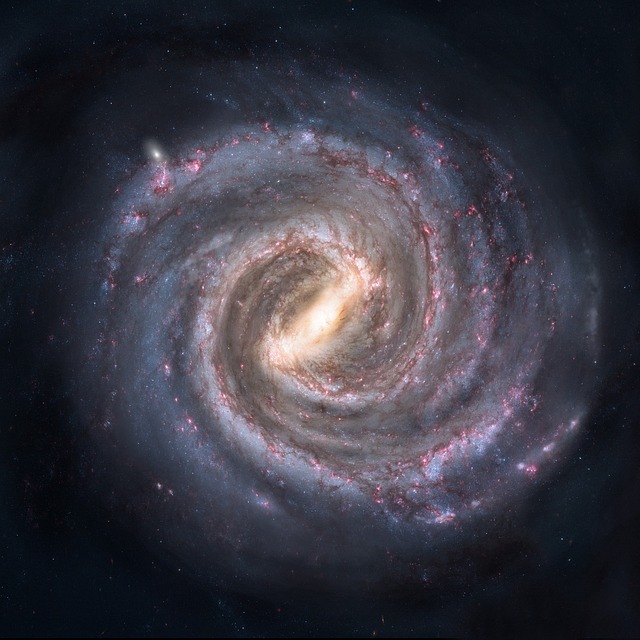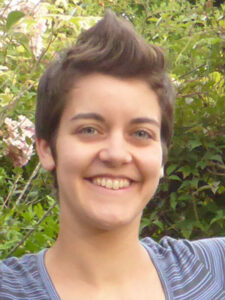OU News
News from The Open University
- Home
- Mars and me: a day in the life of a PhD student
Mars and me: a day in the life of a PhD student
Posted on • Space, Student stories

In the same week the European Space Agency (ESA) launched its ExoMars Mission, we spoke to OU PhD student Rhian Chapman about dust storms on the Red Planet and her fascination with space: the final frontier…
Age: 33
Hometown: Shepperton, Surrey
What is the focus of your PhD and what stage are you at in completing it?
I’m investigating the formation and development of dust storms in the atmosphere of the planet Mars, which involves completing complex computer simulations of the Martian atmosphere in order to understand the processes that lift dust particles. I’m currently researching global trends of dust lifting and transport. Dust storms can be dangerous to descending spacecraft, so understanding how and when the lifted dust clouds could develop into full storms will be useful for planning future missions.
I’m halfway through the second year of my research, so I’ve climbed the steep learning curve that all first year PhD students face and I’m getting down to real science.
Why choose to study for a PhD and why the OU Faculty of Science?
My interest in space was fired in childhood by watching Star Trek and learning about Helen Sharman who became the first Britain in space and first woman to visit the Mir Space Station (1991).
I was working in an engineering technology company and I wanted to change careers and move into the space industry. I needed to complement my workplace experience with a further qualification so I chose to apply for a PhD in planetary science. The OU has one of the largest planetary science groups in the country and a project that really grabbed my attention.
My current inspiration comes from realising just how much there is about space that we don’t know yet – and therefore how much is out there to discover.
What inspires you about the ExoMars Mission and what does it mean for your own research?
I’m particularly excited that because the OU is involved in the mission I will have access to the data produced. We’ll be receiving data from the ExoMars Schiaparelli lander when it reaches the surface. Using the results from our computer model, I will be able to make predictions of the atmospheric conditions that Schiaparelli will encounter, and then compare my predictions against the data transmitted back from the lander.
Knowing that I’ll have that connection with a lander on another planet is really fascinating, and it makes my project much more tangible for me.
What is the next step for you after the PhD?
I’d like to continue working within planetary science, either still focusing on Mars or maybe moving on to study the atmospheres of other planets. I’d really like to work abroad for a while, particularly across Europe.
If you could travel to anywhere in the Solar System, where would it be?
Saturn. The images of Saturn and its rings that have been sent back recently by the Cassini spacecraft are simply breath-taking, and some of Saturn’s moons are among the most interesting bodies in our solar system.
The Northern Ireland Festival of Science
Rhian introduced members of the public to her research on the surface conditions, temperatures, and event weather on the Planet Mars at the recent Northern Ireland Festival of Science 2017.
